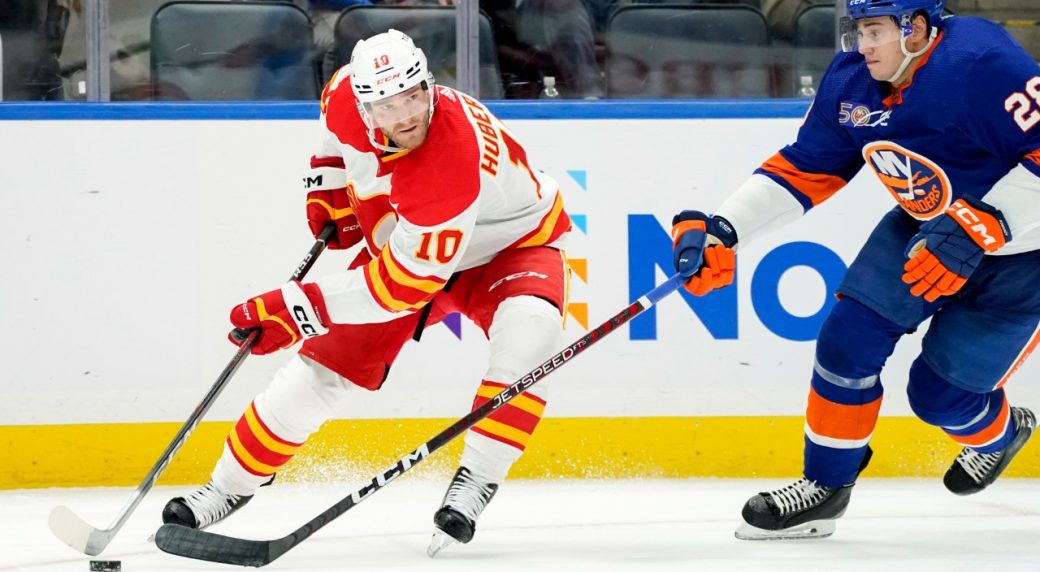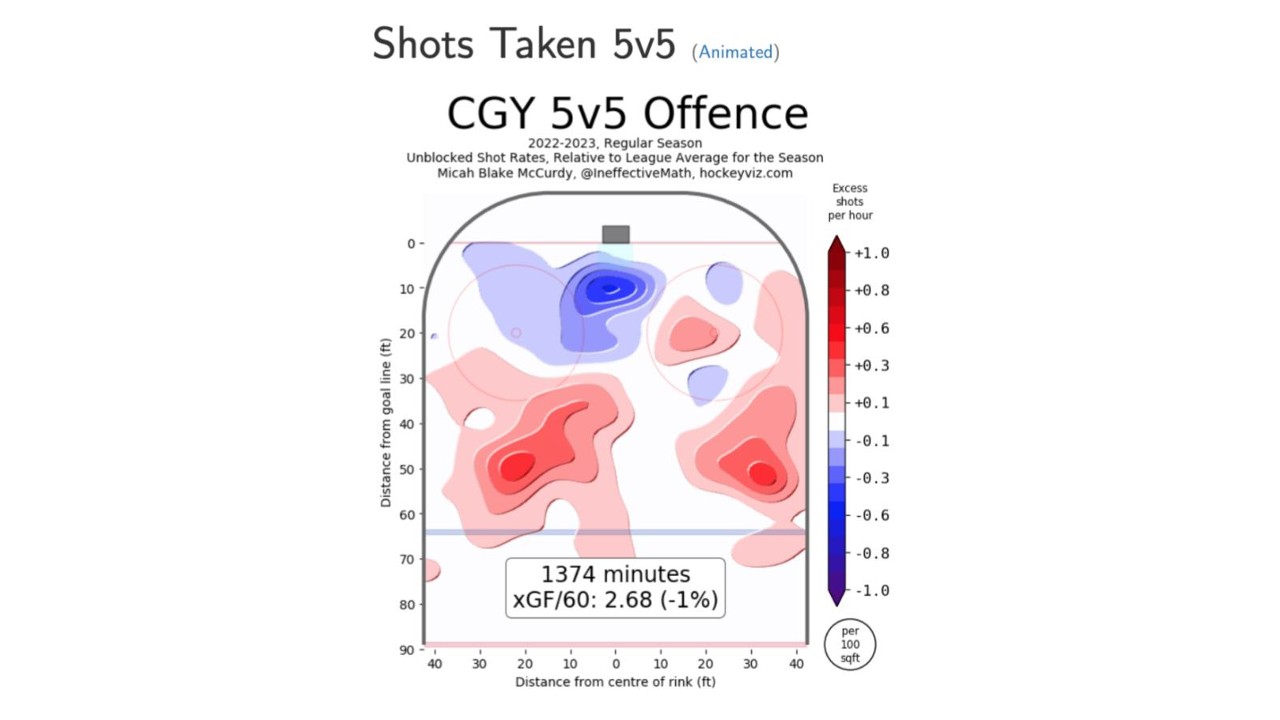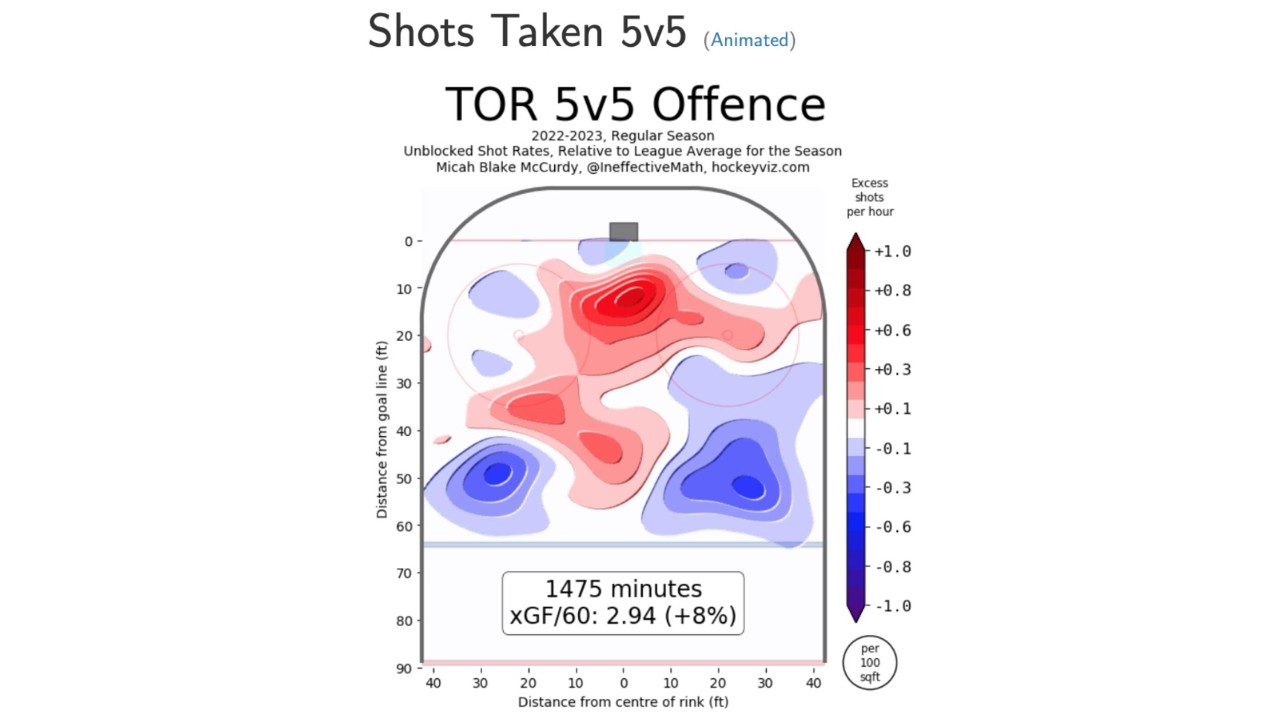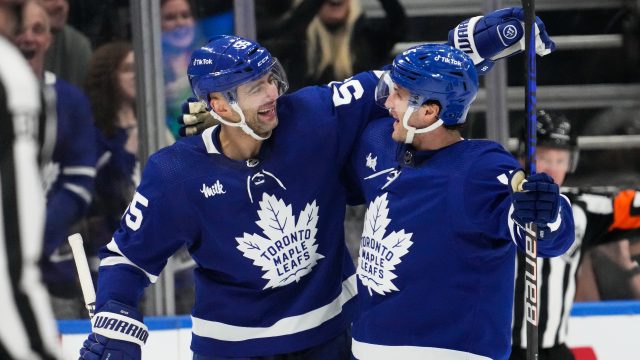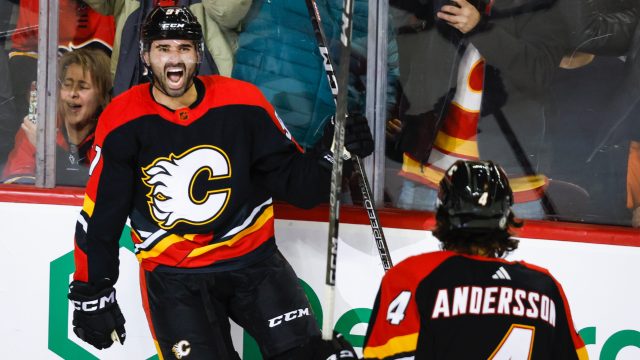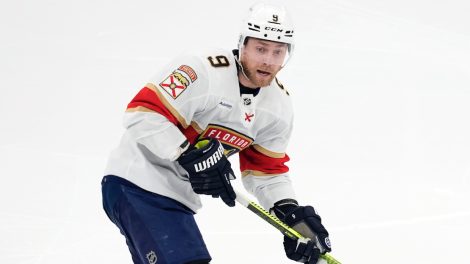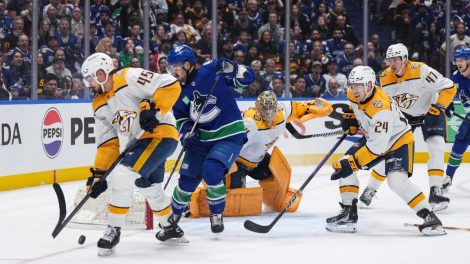As much as it’s no fun to talk about sports in business terms, every player and team out there really is looking for a piece of jargon that’s most suited for high-rise office buildings — that would be “efficiency.” Whether it’s breakouts or contracts or player deployment or otherwise, finding where you’re wasting time and energy (and improving upon old methods) can make your team significantly better.
The funny thing is, this isn’t new, we just didn’t use to muddle the language so much. The efficiency that I’m talking about today is one that’s been mentioned many times by many coaches over many years: quit taking dumb shots, meathead.
This has been a revolution in the NBA, where the accepted school of thought has been that taking long-twos is a waste of a possession, given the lower success rate and lower rewards. You’re better off either taking a step back and rolling the dice for three points or getting the ball in closer to the hoop. It sounds pretty obvious, but it’s only in the last half-decade or so that this decision-making has really become ubiquitous.
In the NHL, there is no three-pointer but there is the reality that more shots go in from in front of, and around, the net. I recently wrote about the potential reasons for the spike in power-play percentages, and one of the things I touched on was the decline in defencemen on the power play. With that trend comes the decline of power plays that just bomb one-timers from distance and cross their fingers for tips and rebounds.
This has spread to five-on-five, where the growth of reality has taken root in the general consciousness of NHL shooters: goaltenders got too good for the old days of “shoot from everywhere.” That was “A Thing” when I grew up. Coaches would say to just get everything on net, which may have been great when my coaches were younger, but goaltenders started getting really, really good somewhere around the Hasek/Roy/Brodeur years.
Eventually, shooting from the boards just inside the blue line not only wasn’t a scoring chance, but it was also at best a cause for a faceoff, and at worst a thinly-disguised turnover.
Even with the growth in players’ ability to bomb the puck, teams are playing to take more shots from the inside, which has driven up expected goals, and of course, real goals with that.
I don't feel like doing real work on my first day home so instead let's have another "how is the game changing" thread. First, goal scoring remains high, even this year. pic.twitter.com/biHgUGMXSR
— Micah Blake McCurdy (@IneffectiveMath) December 6, 2022
Even if you don’t follow that, all the red in more recent years shows an increase in expected goals, likely generated by what we’ve been talking about thus far: getting shots from inside. And if you like, you can tie the increase in goals to another piece of mine, this on how smaller, more mobile defencemen have made playing inside easier in recent years.
Teams who just want to play north-south and pound pucks on net from everywhere and hope, well, they may be falling behind a little.
This seems like a fair criticism of the Calgary Flames, who this year have struggled to produce offence, yet haven’t failed to “get pucks on net.” The absence of a great passer like Johnny Gaudreau (can Jonathan Huberdeau be that?), and a great player on the inside in Matthew Tkachuk (can Nazem Kadri be that?), are being felt in significant ways:
Last Year | This Year | |
Goals | 3.55 (6th) | 2.97 (22nd) |
Expected goals | 3.32 (6th) | 2.71 (26th) |
Shots | 35.5 (3rd) | 34.0 (5th) |
Slot shots | 15.3 (4th) | 12.9 (25th) |
Inner slot shots | 7.2 (5th) | 5.8 (28th) |
Scoring chances | 25.2 (4th) | 22.3 (19th) |
(Numbers via SportLogiq as of Dec. 15)
They’re still a top-five team in shots but just outside the bottom-five in expected goals. Micah Blake McCurdy’s excellent website Hockey Viz shows us where the Flames generate shots from in relation to league average:
That’s an awful lot of long twos (or worse, three-point attempts that aren’t worth an extra point) in contrast with a team like the Toronto Maple Leafs, who rely on their forwards so heavily to generate offence that their heat map is the complete inverse:
Still, the Leafs are still just a top-third team in the NHL in this department, whom I use because of the obvious contrast in their shot selection. If you want to look at the best teams, or just a really wacko chart, here’s where the New Jersey Devils are generating offence:
That’s what you’d call a blood bath and the heavy red is just about exactly where you’d like it to come from — not from distance.
No team in the NHL has a chart quite like the Flames, with that much of their offence — and their top-five shots totals — coming from so far out.
The NHL’s rise in offence can’t be purely ascribed to one thing. But there’s no doubt that as goalies started to dominate the game, scorers had to go back to the drawing board. In picking apart their plans, they found an inefficiency.
Shooting from distance in 2022-23 takes you from solid possession to a 50 per cent chance at having possession, and the likelihood of scoring on that shot doesn’t make that trade-off worthwhile.

